Arthur wasn’t the type to plan everything but just for today, he had made a small road map so he could walk to all the places he wanted to visit on his own. Waking up around nine in the morning—which was exceptionally early for him during break days, but still later than other days during which his friends had to drag him out of bed—he bought a few items to snack on at the nearest convenience store before departing.
Although he was a bit directionally challenged, he had managed to reach the One Pillar Pagoda (1) by lunchtime. The monument wasn’t by any means big nor impressive; he stopped there for quite a while to sketch its structure and eat for a bit before heading to the Imperial citadel of Thang Long (2), that was located only a few streets away from the Pagoda. Despite it being a short walk, a brief summer shower soaked him as he arrived at the entrance of the historical site but quickly dried off as he wandered through the complex. His luck might be bad, but his young and naive spirit often got him through any kind of hardship.
Most of the palaces had been destroyed but the remaining ruins and buildings were a sight to behold. Arthur couldn’t help but wonder how large and magnificent the place must have been when it was at its peak. That was a thought that he often had, whenever he passed by any object or building that had been torn down by time and his imagination about the what ifs was what fueled the stories he wanted to tell through his games and designs.
The tall gates of the citadel, the dragons carved out of stone on the stairs leading to a destroyed palace, the small broken used and broken items displayed behind the glass cases of the museum, all were visual treasures feeding Arthur’s imagination and wonder.
His sketchbook’s pages curved and started to crumple due to the previous rain but Arthur didn’t mind as long as his drawings didn’t completely fade out. For this place, he decided to sketch with pencils so it wouldn’t be affected by the rain but, as it took him more time than planned, everything was fairly roughly sketched out in what seemed to be messy shapes. A few notes were added to identify each element but after a while, he had given up on them. Instead, he took pictures of each detail he found interesting as well as the sign notes that were describing the story behind the said buildings or objects.
Before he could even realize it, three hours had already passed. That isn’t good! Arthur had planned to also visit the Temple of Literature (3) before heading back to the hotel and have his dinner there delivered there. He quickly packed his sketchbook and pencils back into his small messenger bag and headed out. Thankfully, the Temple wasn’t too far from the Imperial Citadel so he could just exit through the southern gate and go straight there, it wouldn’t take too long.
At that time, a lot of tourists started to leave the place as well, despite it still being the middle of the afternoon. Arthur hadn’t had the time to take a picture of the main gate when he had arrived earlier due to the crowd and rain but this time, the front of the gate was much less crowded and the skies only had a few visible clouds, just enough to create a veil hiding the scorching light of the summer sun. Running to get to the perfect angle, Arthur put his hand in his pocket and...could only found a few pieces of paper, some receipts from this morning. Weird. His phone must probably be stuck between his sketchbook’s pages then, since he did rush out to not waste time. But it wasn’t there. It wasn’t like his bag was this big nor had any holes in it, so where did his phone go? He was sure it was with him at the last spot he stopped at, since he had taken a picture of the sign before sitting down to sketch just in case. It was there, right beside him, next to the map he had brought from the hotel!
Right, the map. The map that wasn’t there either. Did he forget his phone? There was no way...but maybe there was. Maybe he did forget. So he went—or rather ran back.
Luckily, one of the monument’s guardian recognized him and let him pass, even accompanying to the last spot he had been to. Although nothing could be found there, one of the guides passing by told them that he had found both his phone and his map so he brought them to the information desk office—that his items would have been sent back to the hotel’s address printed on the map if he hadn’t come back to retrieve them.
When he finally managed to get his items back, he profusely thanked and apologized to the staff who had helped him. If he hurried, he would have about one hour left to visit the Temple, which might be good enough. It was time for him to hurry, once again.
Somehow, the skies got dark and the wind started to blow on the opposite direction. How unlucky! It started well but since the moment he had left the Pagoda, everything seemed to stop him from walking in this neighborhood. When he had walked to the Imperial Citadel, it had rained and soaked both his clothes and sketchbook and now that he’s leaving the Citadel, it was raining again and the map he was holding on tightly seemed to tear and fall apart under his palm.
Quickly, the rain got much heavier, to the point he couldn’t see much but a curtain of water pouring down from the sky. Honestly, it hurt and prickled his skin as each droplet fell down. What was even worse was probably the state of his glasses—it could probably be comparable to seeing a waterfall from a bit too close. There wasn’t anything left to see but water and more water.
He kept running along the street, since he knew that, if he reached the Temple in time, he’d surely be able to seek refuge from the rain. Or maybe, if he was lucky enough, it might stop by the time he gets there.
1. In
Vietnamese, Chùa Một Cột is a Pagoda built on a single pillar
on top of a pond during the 11th century
2. Thăng Long is one of the former names of the city of Hanoi; the Imperial Citadel was first built in the beginning of the 11th century under Ly Dynasty. During the 19th century (Nguyen dynasty), the capital city was moved to Hue.
3. Văn Miếu-Quốc Tử, usually called the Temple of Literature, was both a temple dedicated to Confucius and an academy. It was used to educate nobles, future mandarins, scholars and other high ranking officials from the 11th century to the beginning of the 20th century

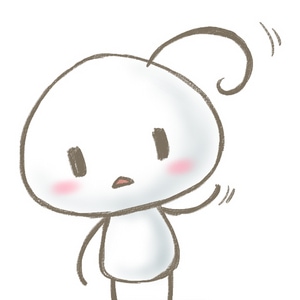
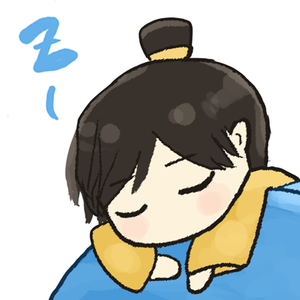

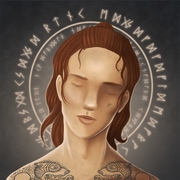
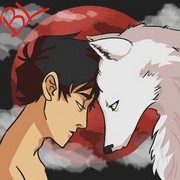
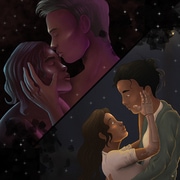
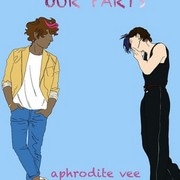
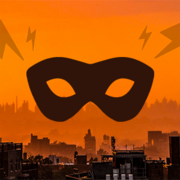

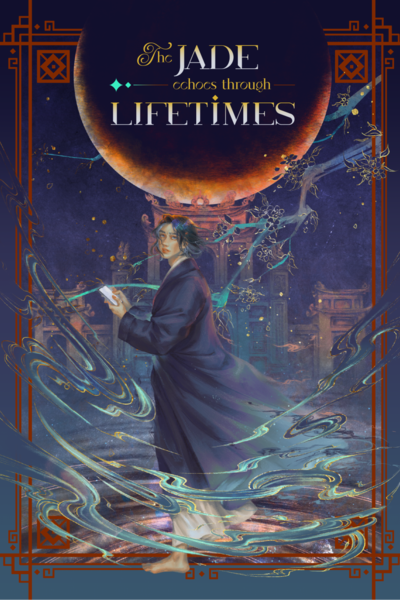
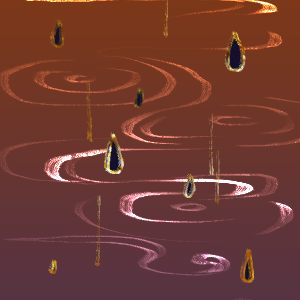
Comments (4)
See all